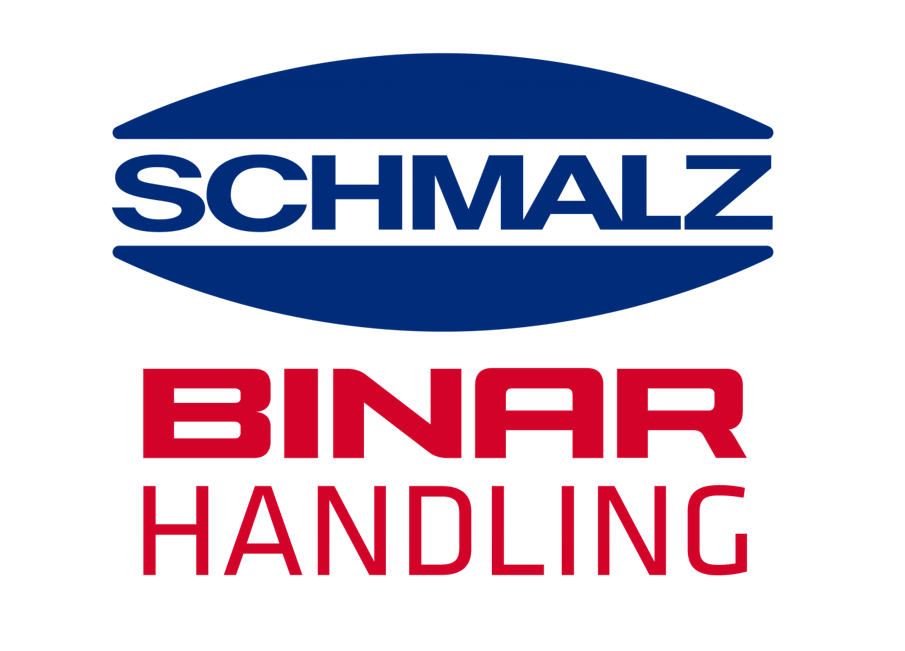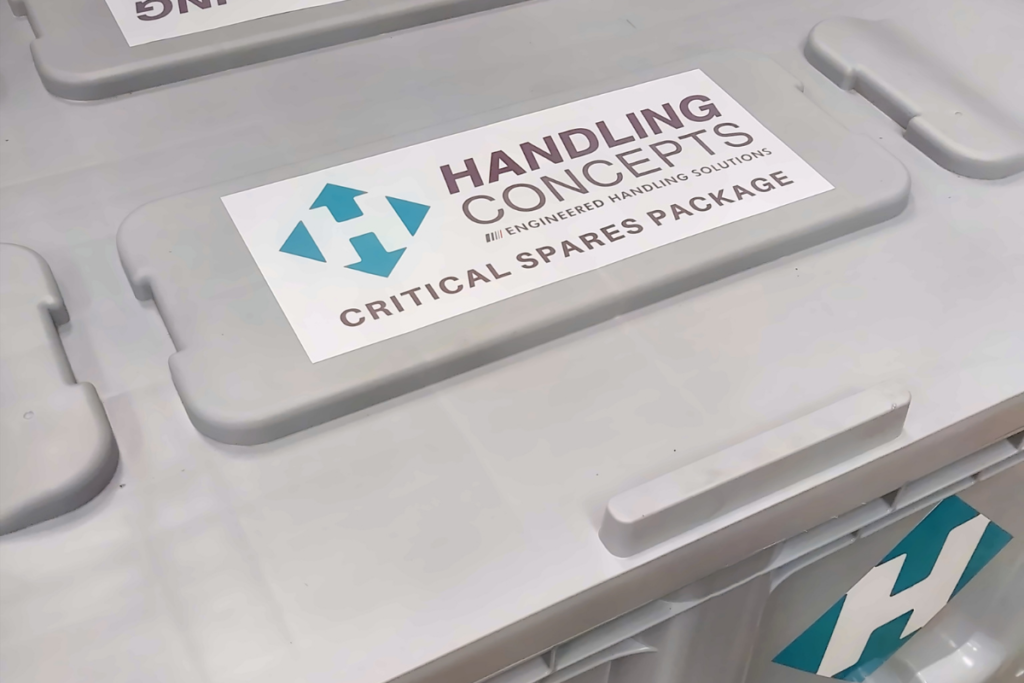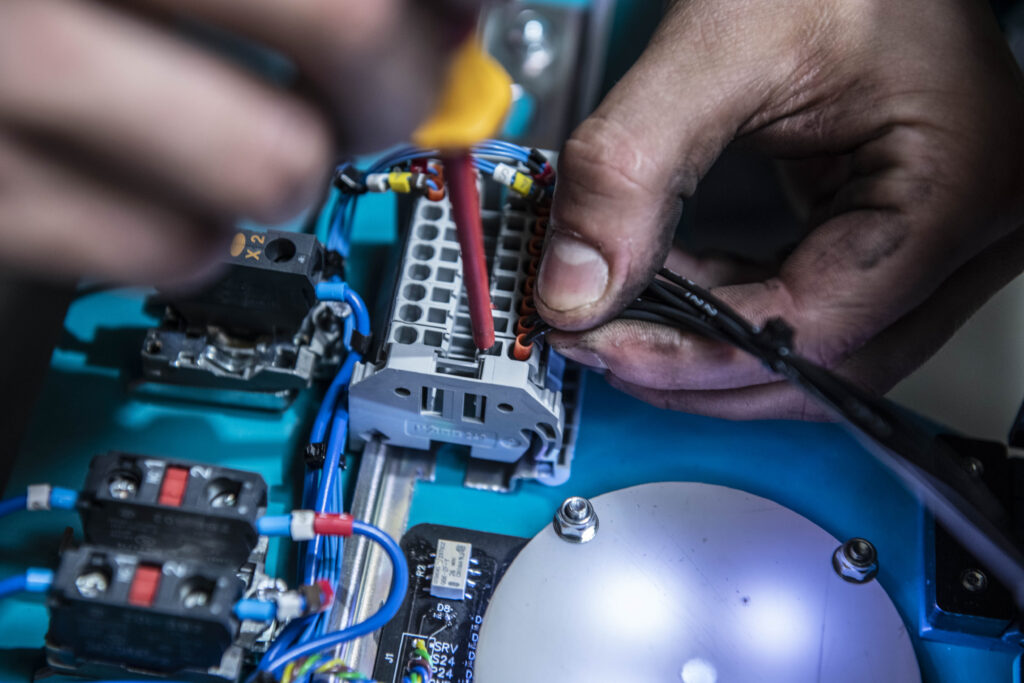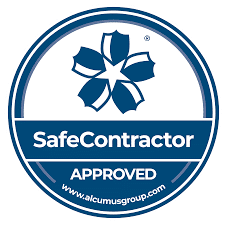Balancer vs Chain Hoist? 6 Questions to assess the requirements of your lifting device.

If you are looking to optimise your production line, a good place to start is by evaluating the lifting devices you have (or perhaps do not have) available in your processes. Lifting devices are effective tools to help your workers handle bulk loads and manage precise tasks. These tools can improve your production speeds and efficiency.
There are many considerations you need to assess to find a lifting solution to fit your needs and you may weigh up your options. To help make this easier, here are 6 questions you can ask yourself when deciding between a Balancer and a Chain Hoist.
1) What capacity do you need to lift?
All lifting processes start with the component you need to lift. Capacity is a major aspect in your decision and can be a factor that immediately reduces the number of options you are considering.
Because of the type of tasks performed, Balancers have lower capacities than Chain Hoists. The capacity of a Balancer depends on the type of device you use. For example, electric Balancers can handle a load of around 160kg, whereas air or pneumatic balancers can lift a larger load of 350kg. This adds a restriction to your first requirement. If your component and lifting attachment—such as a gripper—is over 160kg, an electric Balancer would not be the right choice for you. Knowing what you want to lift will help you decide if a Balancer is best for your handling needs.
Chain Hoists can lift much higher capacities. With some reaching up to 2 tons, a Chain Hoist gives you ample capacity for your lifting needs. A Chain Hoist can allow the operator to lift a load ergonomically and safely. When paired with a powered or manual trolley, they can make lifting these heavier loads more efficient and effective.
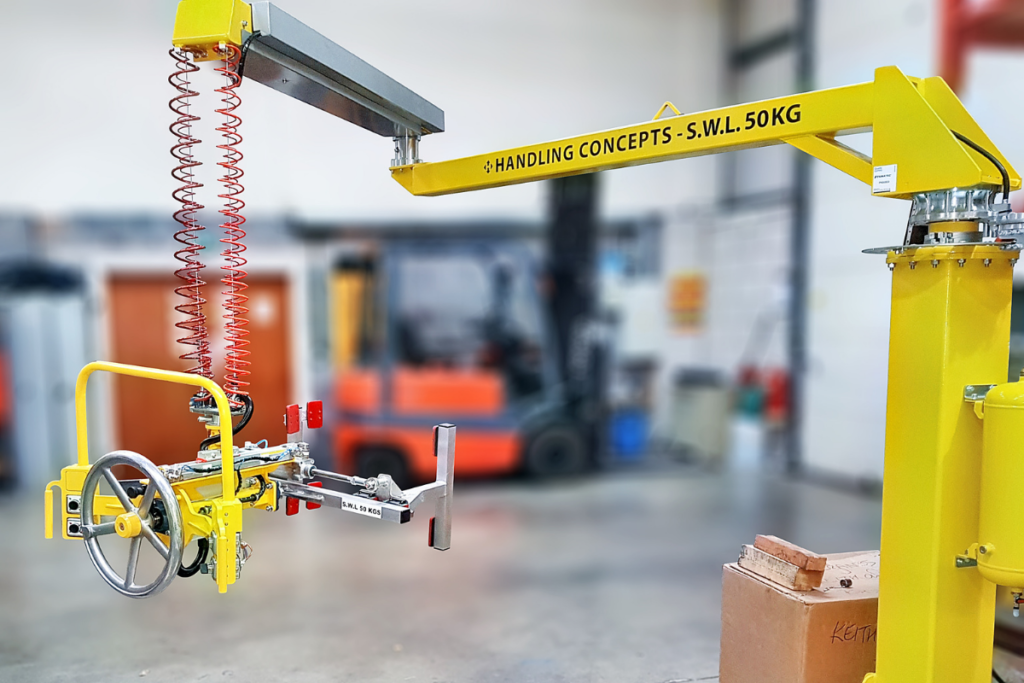
2) How does the load need to be handled?
However, a larger capacity does not mean it is the right device for your lifting needs. Defining how the load needs to be handled could help you decide between a Balancer and a Chain Hoist.
For precise positing during assembly or manufacturing operations, Balancers can be a sound choice as they allow you to use two-handed control. This control allows the operator to find the correct positioning and connect two paths of different components. This is a task that would not be possible with a Chain Hoist, as one hand needs to use the pendent control and the other helps with positioning. Balancers are ideal for making precise positioning easy.
When components are heavy and need to be transported or lifted during the manufacturing process, a Chain Hoist is the way to go. They allow you to lift the load ergonomically and position it ready for the next process. Chain Hoists allow the operator to lift and move the load by using a pendant control. This means you could create a process that requires minimal input from the operator. However, if the task needs additional positioning, you can do so by using one hand to guide the load and one hand to use the pendant control.
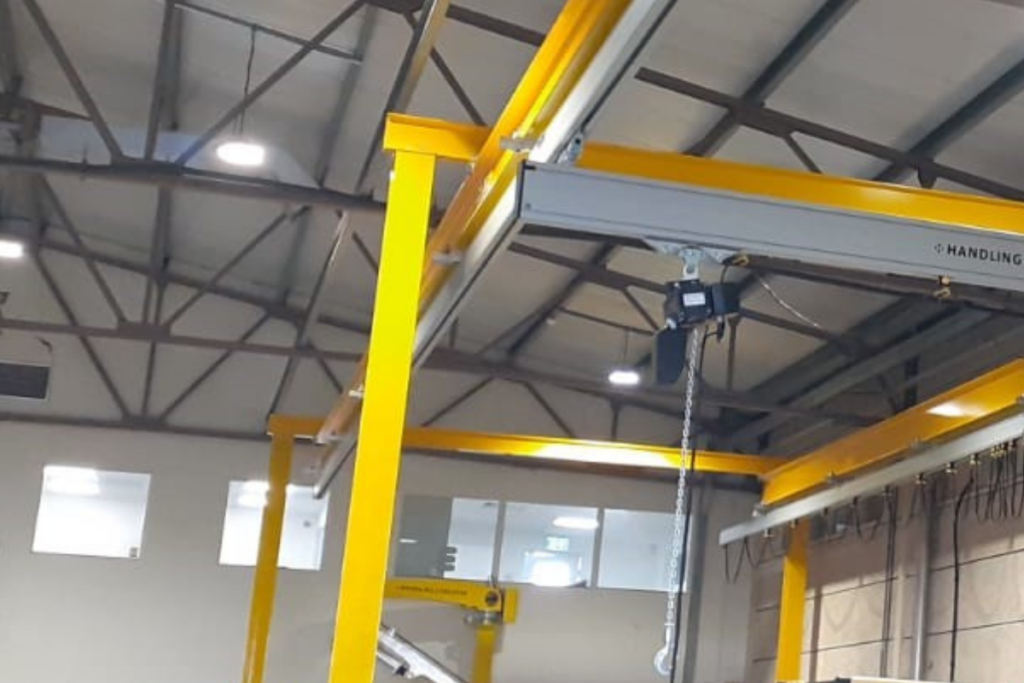
3) How does the operator move to perform the task?
Another area to consider with load handling is how the operator will move to perform the task. Often, the phrase ‘comfortable reach’ will be used when describing this. When a task is performed inside someone’s comfortable reach, it means the operator can use the lifting device to pick up and set down the components without over stretching or reaching to areas that are inaccessible.
Balancers allow the operator to handle a part within, or inside, comfortable reach. This means the operator needs to be close to the load, so they precisely assemble one component to another. It allows for delicate movements and the operator can detect slight changes in motion to make the assembly process smoother. Whilst this is effective for precision, putting your worker closer to the load could create a higher risk of injury. For example, if the load were to drop, you have an operator who is near the hazard, and they could get hurt.
For lifting tasks outside the comfortable reach, Chain Hoists are great for this. If you need to move assembled components from a production line to a pallet for shipping, this requires the operator to take additional steps or use additional machinery to complete the process. This task also does not need precise movement for it to be completed. The major benefit of a Chain Hoist is to lift, transport and place the components in an efficient and safe manner.
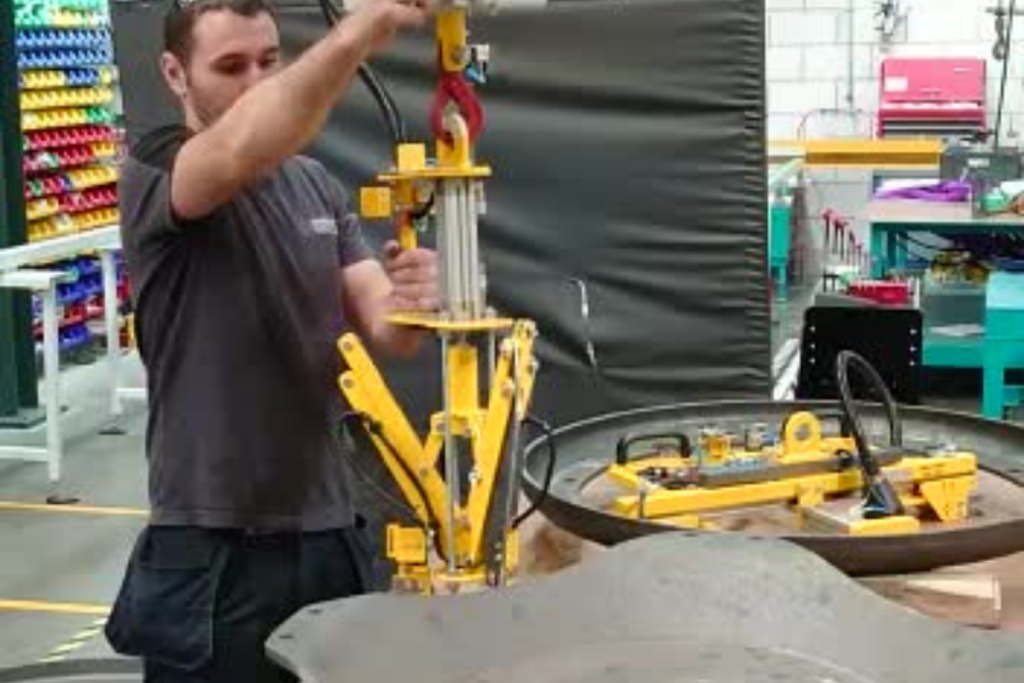
4) What power supply is available to you?
Now that you have considered your products and your workers, you can consider the environment around you and the resources available in your workspace. It is cost effective to choose a power supply that is already available to you as this reduces unnecessary costs to have any additional supply put in.
Every workplace will have electricity available which makes electric Chain Hoists and electric Balancers both viable choices.
If you are looking for a large lifting capacity with a Balancer, you will need to assess if an air supply is available to you. Many manufacturing facilities already run a clean air supply into the building which can be used by air and pneumatic Balancers. This can make adding this lifting device to your production line a straightforward decision if it meets your needs.
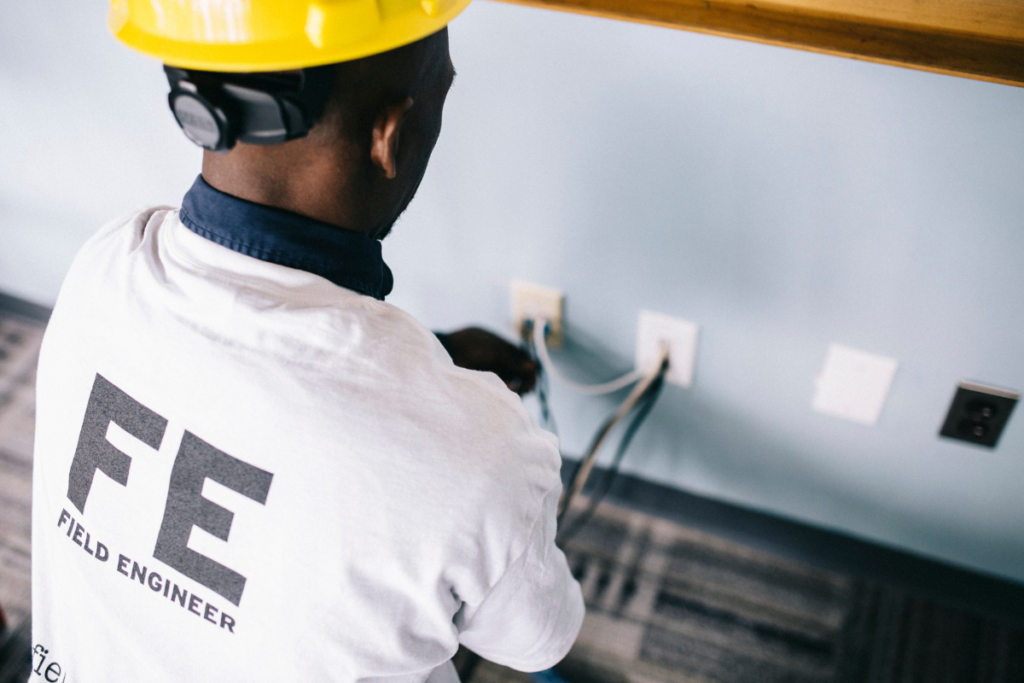
5) Do you need custom grippers to handle parts or components?
To fully meet your lifting needs, you may need a bespoke gripper to lift and handle your components. Both Balancers and Chain Hoists allow for interfacing with bespoke grippers. It is important to check if any grippers you already have work with a Balancer or a Chain Hoist so that you can reuse them rather than increase costs by buying something new. However, if you require a new gripper, specify to your supplier which option it should interface with.
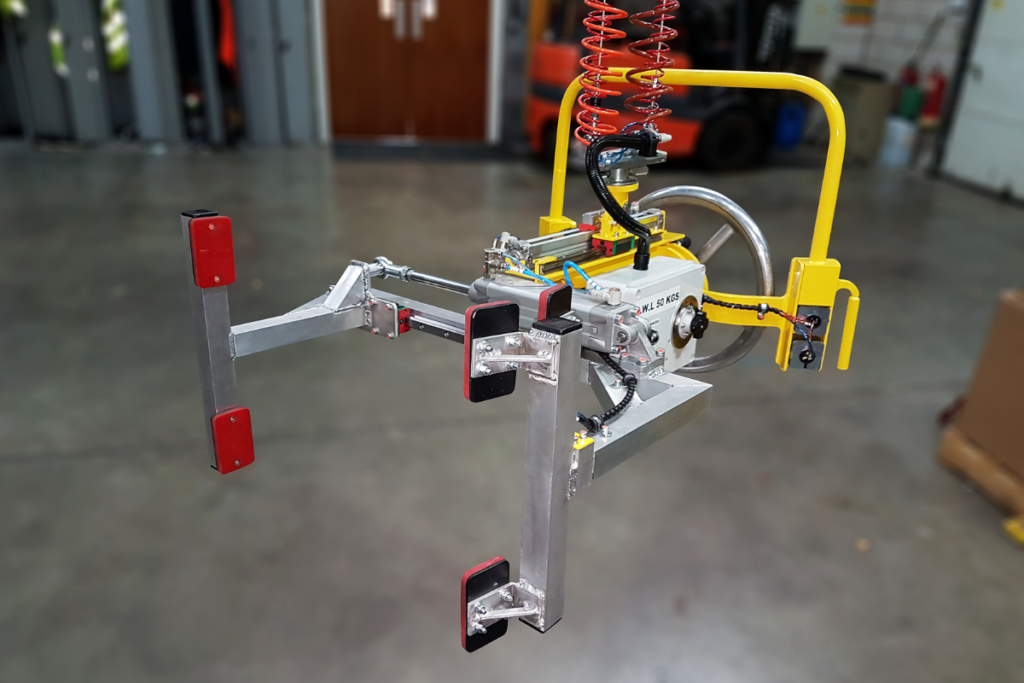
6) Which will meet your lifting needs?
Both Balancers and Chain Hoists are both great options for improving production speeds and efficiency. Balancers can help create a more efficient and ergonomic assembly and manufacturing process, whereas Chain hoists are an all-purpose lifting device, allowing lifting tasks to be performed in a variety of processes. If you are ready to make your decision or would like more advice, contact Handling Concepts today by calling 01527 570 900. A specialist sales team is on hand to provide you with knowledge and years of experience to help you with all your material handling enquiries.

